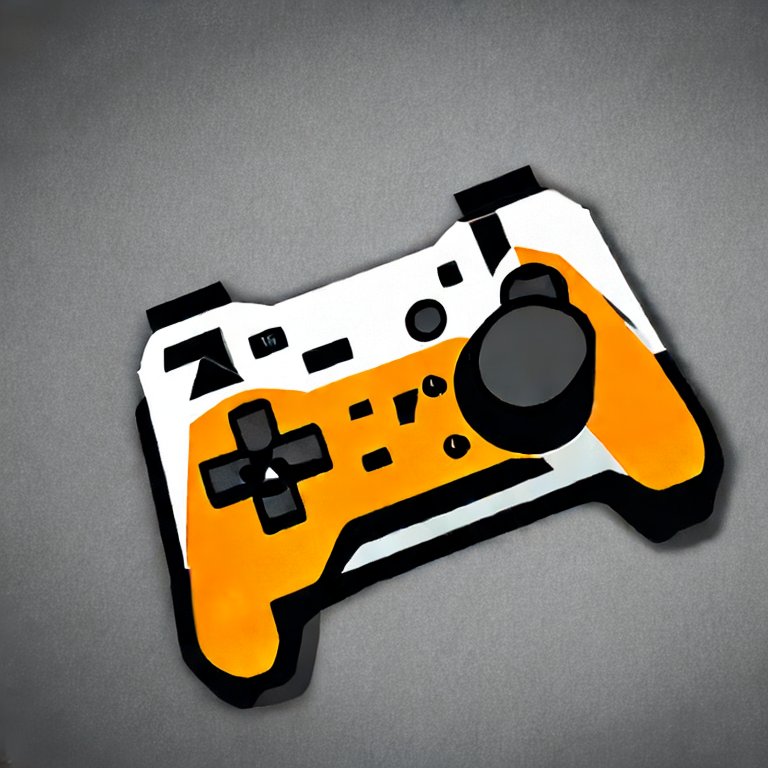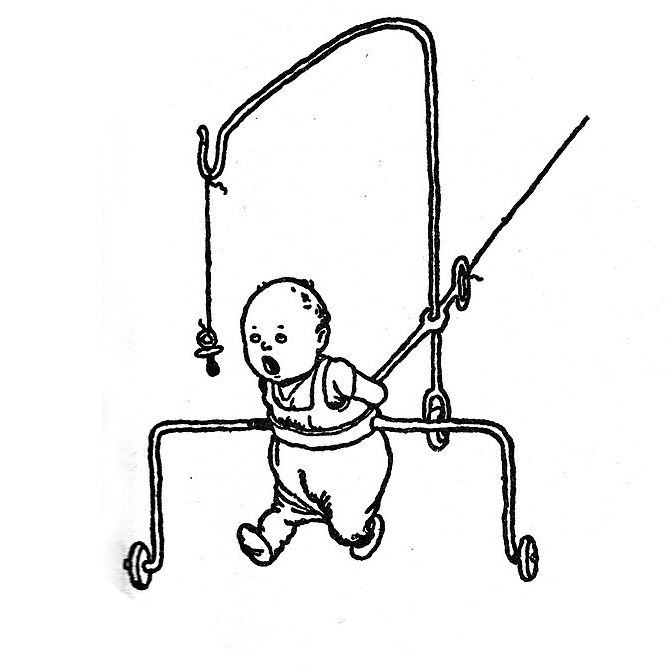I once met a person that never drank water, only soft drinks. It’s not the unhealthiness of this that disturbed me, but the fact they did it without the requisite paperwork.
Unlike those disorganised people I have a formal waiver. I primarily drink steam and crushed glaciers.
- 54 Posts
- 570 Comments

 1·10 days ago
1·10 days agoNope, bottom right and top middle >:DOh my god I’ve forgotten what a base is. This transistor is doing my head in.

 2·11 days ago
2·11 days agoI don’t want my children influenced by this. “Dad why does your transistor only have 3 legs?”. And I had only just rid the house of dual-gate mosfets too!

 2·11 days ago
2·11 days agoI only know what wikipedia tells me about these things, I’ve never played with one. I also have no clue yet what it does in this circuit.
3 emitters and 2 collectors.

 8·12 days ago
8·12 days agoThe headline and text of this article were amended on 24 March 2025 after the Guardian was notified of a significant calculation error in the Queensland Conservation Council research. An earlier version said the dams that supply the proposed Callide and Tarong nuclear plants “could not access enough water” to cool them in the event of a meltdown; our article has been amended in line with the organisation’s revised analysis.
Source: bottom of amended article.

 1·17 days ago
1·17 days agoThat’s a CH340G, it has an in-built 3.3V regulator. But there is no external regulator on the board.
Maybe the chip is running off its internal 3.3V, but the board designers put a tie-up resistor on one of its pins to 5V, which results in the weird 3.9V. Dunno. Try attaching a 1K resistor between that pin a GND, see if that makes the problem disappear.

 1·18 days ago
1·18 days agoThe 5.3V is from your computer, that’s not the fault of the USB UART.
3.2V is perfectly acceptable for a 3.3V rail.
The 3.9V is a bit weird. Can you post a photo of your USB UART board? Maybe the main chip has an inbuilt 3.3V regulator separate to the external one.

 5·26 days ago
5·26 days agoStand back, I’m carrying a budgie smuggler.

 3·27 days ago
3·27 days agoThere are some youtube videos of people machining them (sadly my browser does not support smell). Looks like you treat it like any other solid material: hobb or mill the teeth. This is much more expensive than 3d printing.
You might be surprised by your 3d printed gears. If you keep the detail size large they work really well, but backlash is definitely an issue.
 2·28 days ago
2·28 days agoI provided a HTTP link not a HTTPS link, I didn’t even know there was a (broken) HTTPS version of this site. Your browser must have some setting or addon that auto-redirects to https versions of sites even when the site doesn’t request it.
I swear that I read that white lead oxide is water soluble, thus happily sticks to your fingers and then gets on your food. I must be misremembering.
Maybe it was something about the solid lead object turning into an (oxide) powder that can then be easily ported as tiny particles on greasy hands? Hearsay science and safety information from me today :)
The fun thing about Pb is it’s relatively safe in pure form. Unfortunately the oxides that appear on its surface are water soluble and love entering our bodies.Just looked this up, apparently I’m completely wrong. Maybe I was thinking about lipid compatibility? Not sure now.

 3·28 days ago
3·28 days agoWelcome to security news theatre :(
I don’t think espressif would bother suing, these kind of misshapen claims get constantly made against popular projects all of the time. It’s just unusual to see so much coverage about this particular one.
Not so say that externally attackable vulnerabilities in an ESP32 don’t exist, they might. Bluetooth devices have an awful track record. But making them up doesn’t help the world.

 2·28 days ago
2·28 days agoI happily ran THUGPRO under wine, so I assume rethawed would be the same. Dunno.
Where am I even supposed to buy it if I wanted to, which I don’t really,
Looks like it’s abandonware. Yeah, publisher dropped the ball.

 19·28 days ago
19·28 days agoBleepingcomputer’s title and article are very misleading, the presentation did NOT reveal a backdoor into an ESP32. It looks like Bleepingcomputer completely misunderstood what was presented (EDIT: and tarlogic isn’t helping with the first sentence on their site).
Instead the presentation was about using an ESP32 as a tool to attack other devices. Additionally they discovered some undocumented commands that you can send from the ESP32 processor to the ESP32 radio peripheral that let you take control of it and potentially send some extra forms of traffic that could be useful. They did NOT present anything about the ESP32 bluetooth radio being externally attackable.
Another perspective that might help: imagine you have a cheap bluetooth chipset that is open source and well documented. That would give you more than what the presentation just found. Would Bleepingcomputer then be reporting it’s a backdoor threatening millions of devices?
 21·29 days ago
21·29 days agoPay-as-you go as in “I pay once a month for everything” or “I pay a minimum set fee and then all calls + data on top”?
Many of the cheap plans are only available as 365-day prepaid, which might not suit your friend. I use a Catchconnect 365-day plan that was super-discounted around new financial year last year (I think it was $85ish/year including all calls and some data on top, which is enough for me).
Some time last year all Optus MVNOs increased their prices. Moosmobile used to be $8/month, now it’s 15/month.
http://wizard.id.au/spreadsheet/australian-mobile-cap-plan-comparison/
Whirlpool forums are a great place for Aussie telco information.

 2·29 days ago
2·29 days agoChanging virtual desktops works for me, no patches needed. I have to use it often because of how many games don’t understand multiple monitors.

 2·29 days ago
2·29 days agoTechnically they have some differences, but the biggest from a user’s perspective is how they are delivered and by whom. Wine is manually installed by you from your distro’s package repo. Proton is provided by steam when you install a windows game on a Linux steam instance. If one breaks then you complain to the relevant party.

 7·29 days ago
7·29 days agoMight be worth checking out ReThawed.. You can choose the physics models, UI, characters, tricks and maps from all of the old THPS games.
I tried THUGPRO previously (another community mod in similar vein) and it was fun, especially the mods to the park editor (overlapping objects!) and Sonic Adventure maps.








I suspect that you need to think of the 3 B->E voltages as inputs (OR’d with each other) and the C->lowestvoltageE path as the output. All of them are operating in linear mode too, I think one of them is a low-gain follower whilst others have a lot more gain. Maybe.